Hardwood floors vary considerably, when it comes to price, style, color, maintenance and other factors. When you understand the terminology associated with flooring, you may have an easier time with the decision-making process.
Following are some terms you’re likely to encounter, as you research flooring options:
Janka Hardness
A Janka Hardness rating is a number of less than 4,000 that indicates how resistant a hardwood floor is to dings and scratches. Generally, any wood with a Janka Hardness rating below 660, such as Balsa, or Eastern White Pine, would be too soft for flooring. Woods with a rating of 3500 or higher tend to be exotic species like Brazilian Walnut and Bolivian Cherry, which are more expensive that domestic hardwoods and more difficult to machine.
The most common wood floors in United States households, such as White Ash, Yellow Birch, Hard Maple and American Cherry, have Janka Hardness ratings around 1,000.
If you have dogs, or live in a home with a lot of foot traffic, Janka Hardness should be a primary consideration when you choose your new floor.
Closed grain/open grain
A hardwood has either closed or open grain, a characteristic that influences its durability, how well it stains, and its overall workability. Closed-grain hardwoods also have a less noticeable grain, so if you like the look of a large, curly grain, you’ll probably be happier with an open-grain hardwood.
Closed-grain hardwoods, such as Cherry and Birch, may be harder to stain, but they have a smoother surface than open-grain hardwoods. Open-grain floors, such as Curly Walnut, have a rough surface that requires more finishing work than a closed-grain hardwood. However, once stained, dyed or shellacked, the grain pattern adds a lot of visual interest to a room.
Stains and dyes
Staining and dying wood produce two different outcomes. Stain saturates a hardwood’s grain more heavily than the surface, which can create a lot of color variation in a floor – and some homeowners prefer that look. Dye produces a more uniform color, and it’s superior to stain in its resistance to fading caused by UV rays. Finishing a light-colored hardwood to be a rich, dark brown, may require a combination of dying and staining.
Other finishing options include glazes and sealers that are either transparent or tinted, which is a popular choice for light-colored woods like Ash and Pine.
Taking time
There are many other terms you may encounter as you consider hardwood flooring. Allow yourself plenty of time to decide what you want, and choose a flooring installer who can offer recommendations, if you need them.

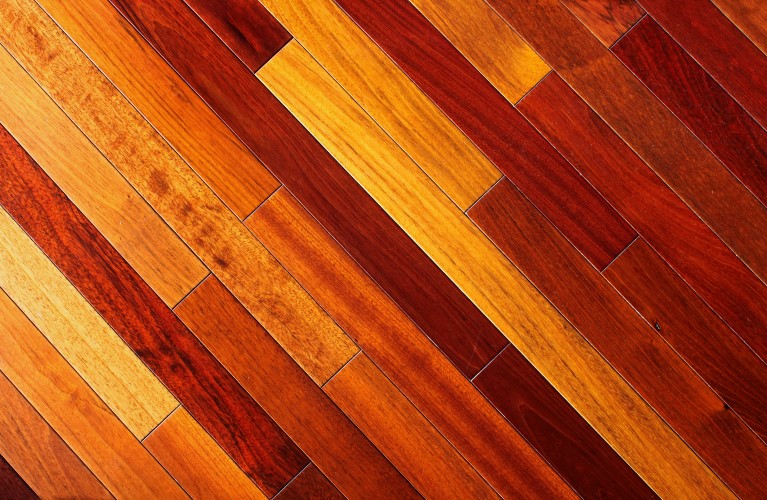

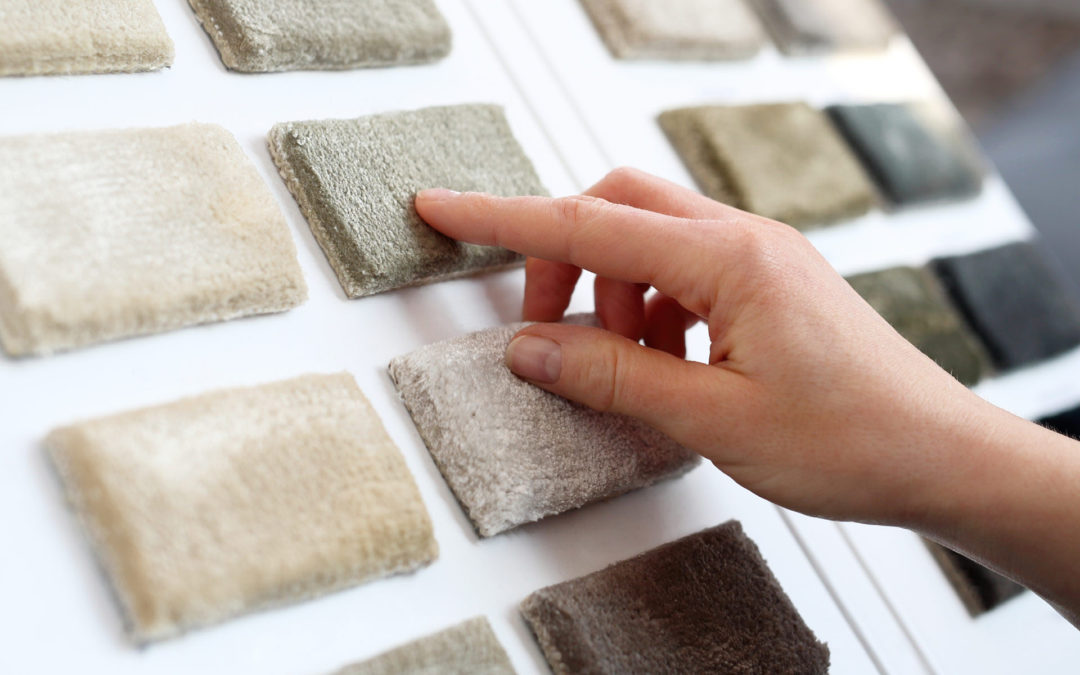


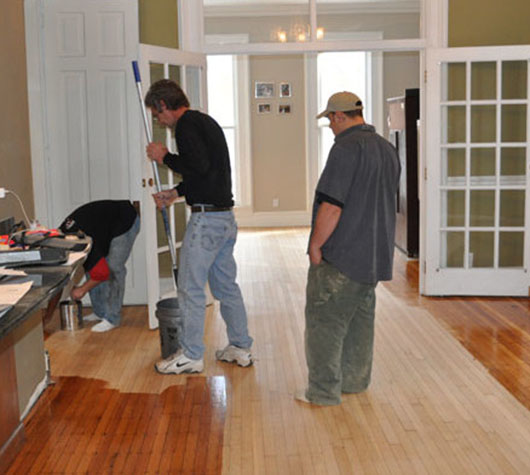 Repairing Scratched Hardwood Floors
Repairing Scratched Hardwood Floors
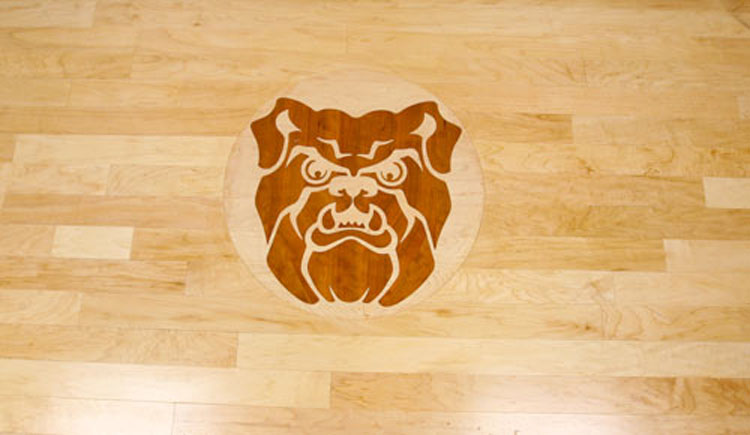 Hinkle Fieldhouse Butler Univers...
Hinkle Fieldhouse Butler Univers...
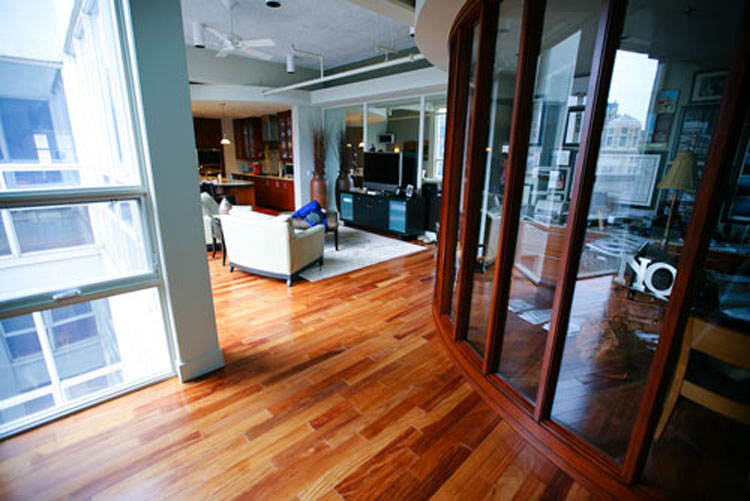 Penthouse Town Home Downtown Ind...
Penthouse Town Home Downtown Ind...
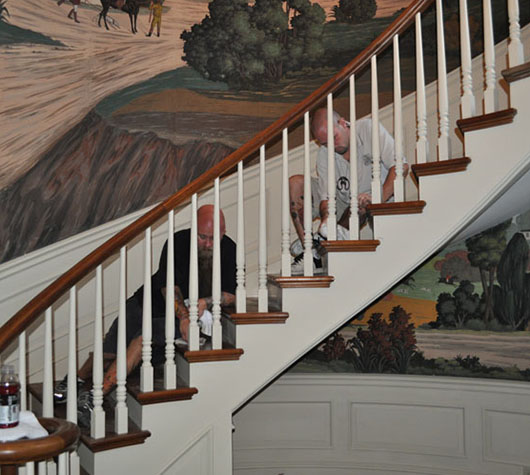 Antique Flooring Restoration
Antique Flooring Restoration
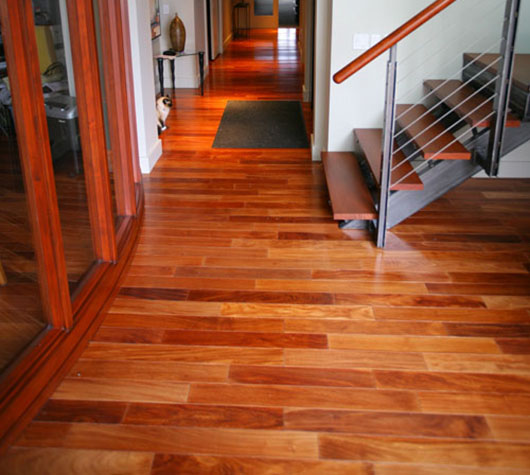 Brazilian Cherry Hardwood Floors
Brazilian Cherry Hardwood Floors







